WUNDERLICH/MONIER TERRACOTTA ROOF TILES COMPLEX
656 MITCHAM ROAD VERMONT, WHITEHORSE CITY
-
Add to tour
You must log in to do that.
-
Share
-
Shortlist place
You must log in to do that.
- Download report
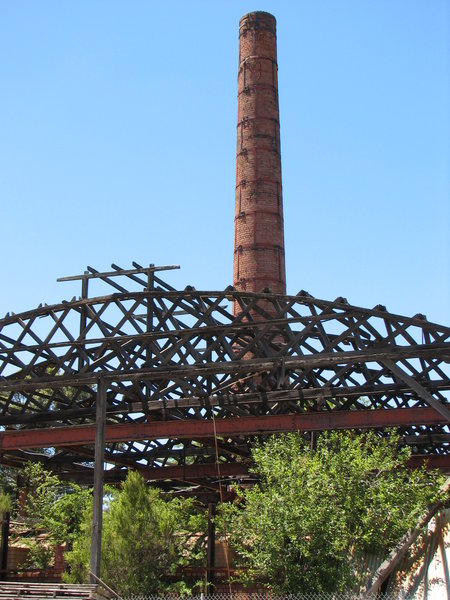

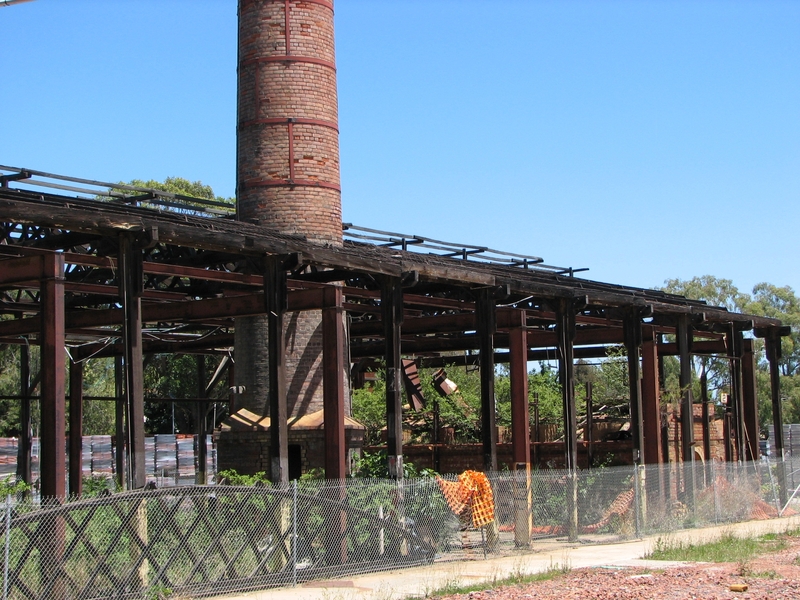
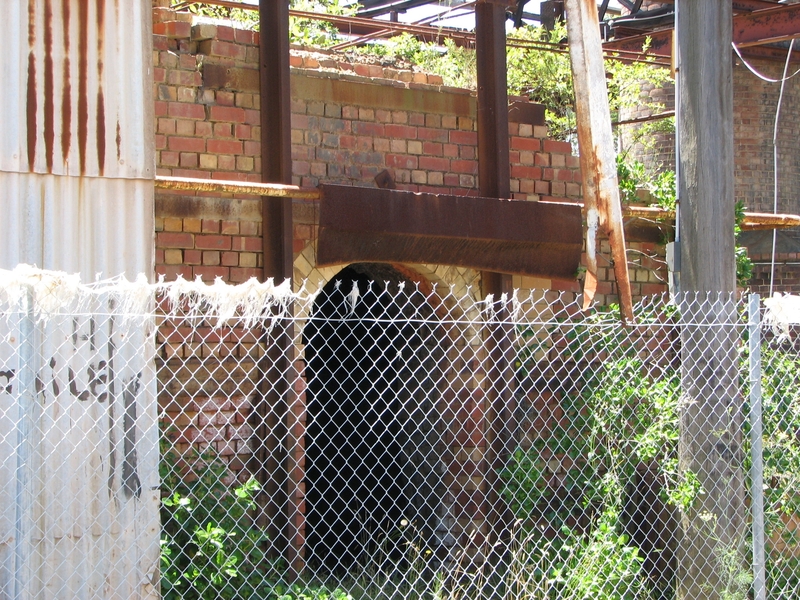
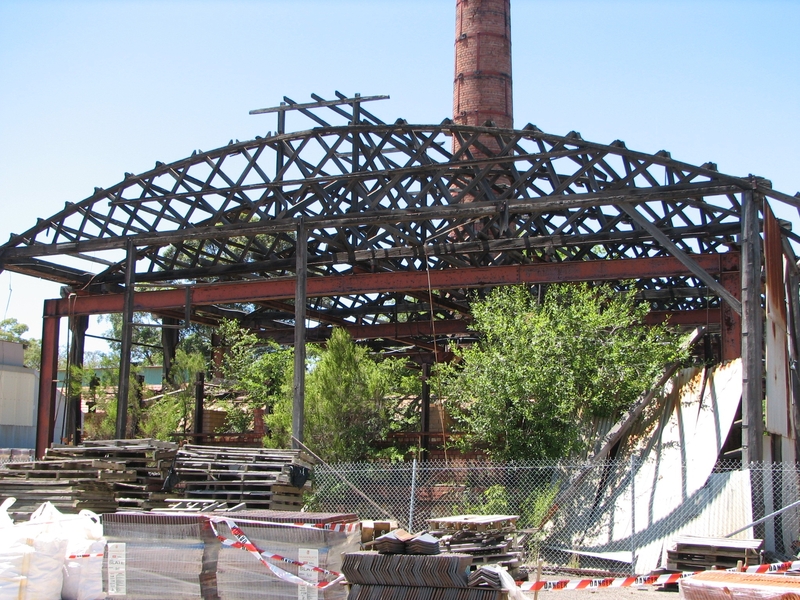


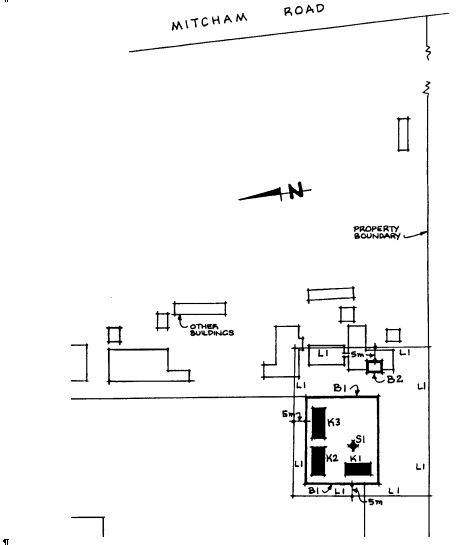
Statement of Significance
What is significant?
The clay pit at Vermont was first opened in 1925 to supply Wunderlich's Brunswick tile works. The Vermont tile works opened in 1932.
How is it significant?
The former Wunderlich terra cotta tile works is of historical and architectural significance to Victoria.
Why is it significant?
The works are historically significant for their association with the Wunderlich company, the principal importer of terra cotta roofing tiles in Australia from 1892 to the outbreak of World War I. The Wunderlich company became the largest Australian manufacturer of terra cotta roofing tiles, a material which literally changed the appearance of southern Australian suburbs, and which continued to remain popular one hundred years after its introduction. The Vermont manufacturing plant, which retains its original office building, is the largest and most intact pre-war tile works in the State. The down draught kiln is the earliest known survivor of its type.
The works are architecturally significant for their use of lattice (Belfast) timber roof trusses in the curved roof structure which housed the kilns. This roof structure, probably relocated from the Brunswick tile works, is a rare industrial roof form, and the only known extant example of this type of truss in Victoria.
-
-
WUNDERLICH/MONIER TERRACOTTA ROOF TILES COMPLEX - History
Associated People:
WUNDERLICH/MONIER TERRACOTTA ROOF TILES COMPLEX - Permit Exemptions
General Exemptions:General exemptions apply to all places and objects included in the Victorian Heritage Register (VHR). General exemptions have been designed to allow everyday activities, maintenance and changes to your property, which don’t harm its cultural heritage significance, to proceed without the need to obtain approvals under the Heritage Act 2017.Places of worship: In some circumstances, you can alter a place of worship to accommodate religious practices without a permit, but you must notify the Executive Director of Heritage Victoria before you start the works or activities at least 20 business days before the works or activities are to commence.Subdivision/consolidation: Permit exemptions exist for some subdivisions and consolidations. If the subdivision or consolidation is in accordance with a planning permit granted under Part 4 of the Planning and Environment Act 1987 and the application for the planning permit was referred to the Executive Director of Heritage Victoria as a determining referral authority, a permit is not required.Specific exemptions may also apply to your registered place or object. If applicable, these are listed below. Specific exemptions are tailored to the conservation and management needs of an individual registered place or object and set out works and activities that are exempt from the requirements of a permit. Specific exemptions prevail if they conflict with general exemptions. Find out more about heritage permit exemptions here.Specific Exemptions:EXEMPTIONS FROM PERMITS:
The following exemptions apply to the office building (marked B2 on Diagram
605687) only:
INTERIOR DECORATIVE SCHEMES
Interior painting to walls and ceilings, provided the preparation work for
painting does not remove evidence of the building's original paint or other
decorative scheme.
Removal of existing carpets / flexible floor coverings eg vinyl.
Installation of carpets and flexible floor coverings
Installation of curtain tracks, rods, blinds and other window dressings.
REFURBISHMENT OF TOILETS, KITCHENS
Refurbishment of toilets and kitchens including removal of existing sanitary
fixtures and associated piping, mirrors, and wall and floor coverings, and
installation of new fixtures, and wall and floor coverings.
Removal of existing kitchen benches and fixtures and floor coverings and
installation of new kitchen benches and fixtures, including associated
plumbing and wiring.
INSTALLATION OF HEATING SERVICES
Installation of hydronic, or concealed radiant (Ceiling Foil Radiant Heating
or under carpet heating) type heating, provided that the installation does not
damage existing skirtings, architraves and the location of the heating unit
(boiler etc) is concealed from view.
RE-WIRING
Re-wiring provided that all new wiring is fully concealed.
HANGING OF PAINTINGS, MIRRORS, AND OTHER WALL-MOUNTED ITEMS
Installation of hooks, nails and other devices for the hanging of paintings,
mirrors, and other wall-mounted items.
INSTALLATION OF INSULATION
Installation of bulk insulation to the roof space.
INSTALLATION OF SMOKE DETECTORS
Installation of smoke detectors.
REMOVAL OF EXTRANEOUS EXTERNAL ITEMS
Removal of air-conditioners / pipework / wiring / antennae / aerials / and
making good.
INSTALLATION OF DAMP-PROOF COURSES
Installation of damp-proofing by either injection method, or "grouted pocket"
method.
SIGNAGE
Existing signage may be altered/replaced provided that the new sign is no
larger than the existing, is located in the same position and that no
internally illuminated signage is used. A PACKAGE OF WORKS TO MAKE SAFE THE CHIMNEY STACK AND ENVIRONS AND ADDRESS OCCUPATIONAL HEALTH AND SAFETY CONCERNS INCLUDING REMOVAL OF UNSAFE LATTICE TRUSSES, DEMOLITION OF UPPER PART OF CHIMNEY STACK GENERALLY AS DESCRIBED IN THE REPORT BY JMP DATED 28 NOVEMBER 2007 AND SUMMARY PREPARED BY IAN STOTT, OF CSR, AND DATED 29 NOVEMBER 2007.CONDITIONS
1. The methodology of the demolition is to avoid damage to the base of the stack and the nearby kiln.
2. Retention of as much of the stack as possible (engineer has suggested up to the lower cord of the truss be retained).
3. An agreed program of conservation works to stabilise the remnant stack (including capping) and the kiln including roofing over the kiln to avoid further deterioration of the structure. The documentation describing the conservation works is to be prepared by a heritage consultant, submitted for the approval of the Executive Director and completed within 6 months of the demolition of the chimney.
4. An historian is to undertake an oral history program to record the experiences of the remaining workers who worked in the kiln areas.
5. Exempt classes of works or activities are to be planned and carried out in a manner which prevents damage to the registered place / object. However, if other previously hidden original or inaccessible details of the object or place are uncovered, any works that may affect such items shall immediately cease. The Executive Director shall be notified immediately to enable Heritage Victoria to inspect and record the items, and for discussion to take place on the possible retention of the items, or the issue of a modified approval.
1. Nothing in this Declaration prevents the Executive Director from amending or rescinding all or any of the permit exempt alterations provided work has not commenced on the alteration.
-
-
-
-
-
Old Vermont State School No 1022
 National Trust
National Trust -
Wunderlich Terra Cotta Roof Tile Works
 National Trust
National Trust -
Brian Street Memorial Plaque
 Vic. War Heritage Inventory
Vic. War Heritage Inventory
-
'YARROLA'
 Boroondara City
Boroondara City -
1 Bradford Avenue
 Boroondara City
Boroondara City
-
-












